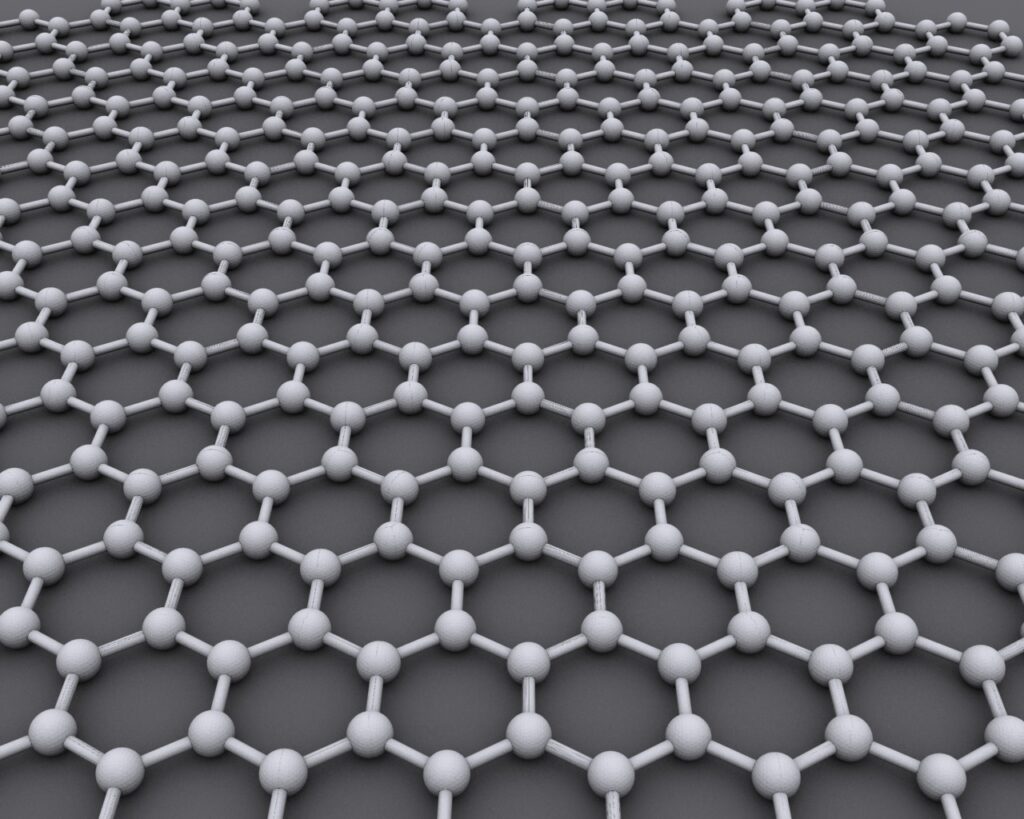
Graphene is a form of carbon made of single-atom-thick layers. It has many remarkable properties and researchers around the world continue to investigate its use in multiple applications.
In 2019, a new material composed of single-atom-thick layers was produced for the first time. It is phosphorene nanoribbons or PNRs, which are ribbon-like strands of two-dimensional phosphorous. These materials are tiny ribbons that can be a single atomic layer thick and less than 100 atoms wide but millions of atoms long. They are comparable in aspect ratio to the cables that span the Golden Gate Bridge. Theoretical studies have predicted how PNR properties could benefit all sorts of devices, including batteries, biomedical sensors, thermoelectric devices, nanoelectronics, and quantum computers.
As an example, nanoribbons have great potential to create faster-charging batteries because they can hold more ions than can be stored in conventional battery materials.
Recently, for the first time, a team of researchers led by Imperial College London and University College London researchers has used PNRs to significantly improve the efficiency of a device. The device is a new kind of solar cell, and it represents the first demonstration that this new wonder material might actually live up to its hype.
The researchers incorporated PNRs into solar cells made from perovskites. The resultant devices had an efficiency above 21%, which is comparable to traditional silicon solar cells. Apart from the measured results, the team was able to experimentally verify the mechanism by which the PNRs enhanced the improved efficiency.
Further studies using PNRs in devices will allow researchers to discover more mechanisms for how they can improve performance.
**********
Web Links
‘Wonder material’ phosphorene nanoribbons live up to hype in first demonstration
Photo, posted October 6, 2010, courtesy of Alexander AlUS / CORE-Materials via Flickr.
Earth Wise is a production of WAMC Northeast Public Radio.
Leave a Reply